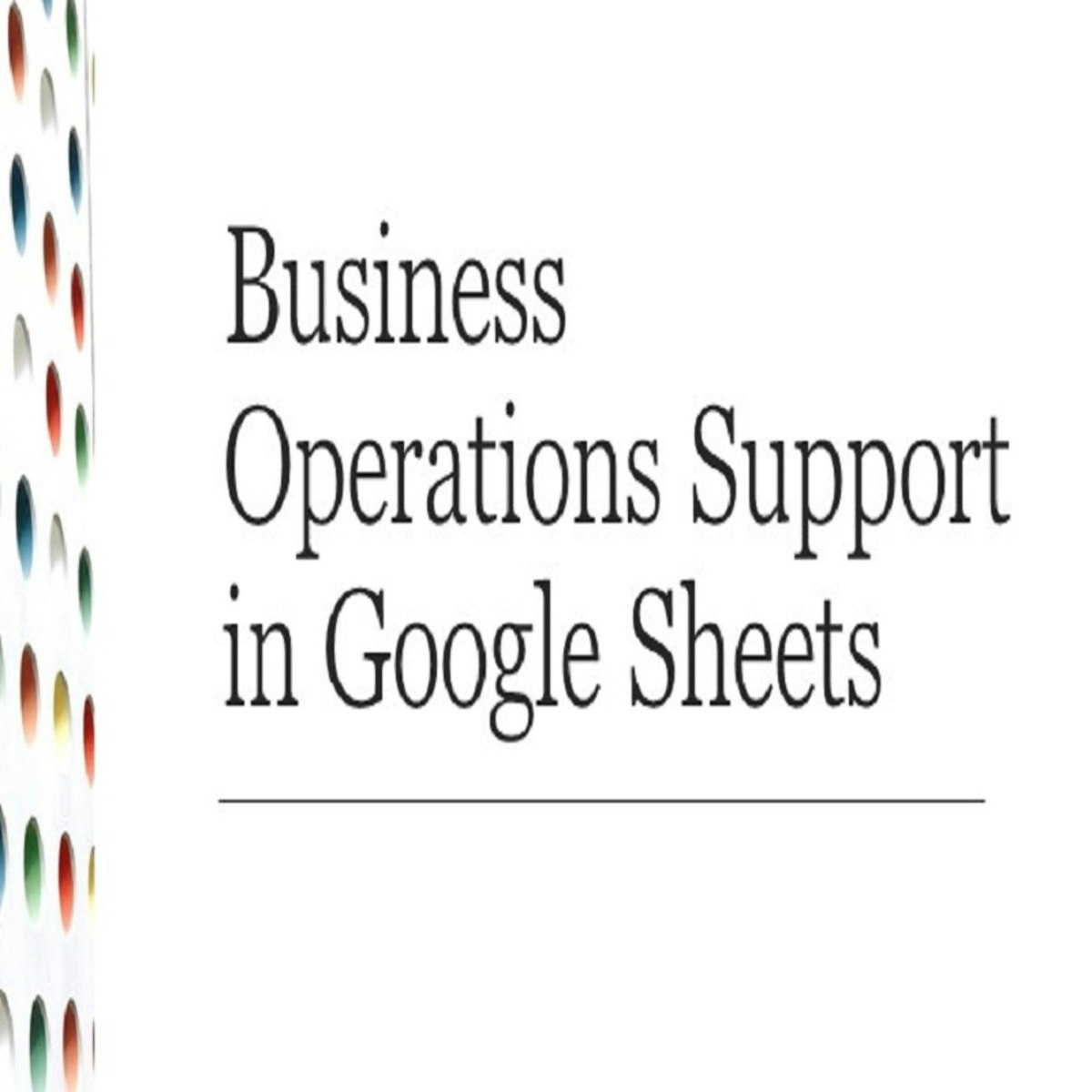Back to Courses









Leadership And Management Courses - Page 57
Showing results 561-570 of 600

Electric Utilities Fundamentals and Future
THIS COURSE GIVES YOU THE INSIDE TRACK TO A COMPLICATED INDUSTRY. The approach of this course is truly unique in how it approaches and engages learners. It looks at the electric utility industry, which has remained critical to our quality of life, health and comfort from the eyes of numerous industry experts through on-location interviews, compelling visuals, and animation. You will benefit from having the inside track because you see some behind-the-scenes information not covered in news stories, social media or even if we are in the business ourselves.
EACH WEEK YOU NOT ONLY LEARN WHAT IS CHANGING, BUT WHY. As this industry continues to unfold at an unprecedented pace, you will be armed with knowledge and insights to form informed opinions supporting decisions you will increasingly make for your energy-dependent homes and businesses.
This course kicks off with animated crash course on industry history, highlighting aspects of the structure, governance, and technology that remain today, despite the passage of time. Then, throughout the modules, you will build some basics about how electricity gets to you, who watches over decisions, including setting rates. This information establishes a knowledge foundation so that when we explore some of the most critical topics, like renewable energy, smart grid, battery storage, and you can think about it from a much more analytical and critical viewpoint.
YOU WILL DEVELOP A FRAMEWORK FOR MAKING SENSE OF THIS INDUSTRY THAT WILL BENEFIT YOU BEYOND THIS COURSE. This industry can get pretty complicated, and this course will help you make more sense of it. Electric Utilities Fundamentals and Future is the course for you whether you’re just curious about the industry or an industry veteran looking to grow – or, thinking about joining the industry. (Hint: now is a good time. You'll learn why in this course.) No prior education or experience required. You just need a healthy curiosity and an open mind to learn about an industry that I think a lot of us, including myself sometimes, take for granted.

The Roles and Responsibilities of Nonprofit Boards of Directors within the Governance Process
This course provides a more in-depth look at the roles and responsibilities of boards of directors in the governance of nonprofit organizations. While the course has been developed with North American culture in mind, we do appreciate that in other parts of the world, the nature of the roles and responsibilities of boards of directors may not be the same. Nevertheless,it is our hope that much of the course content will still be of value to those in other parts of the world.
To learn more about this course, please watch the overview video by copying and pasting the following link into your web browser: https://goo.gl/SXZEZS.
Keywords: Nonprofit; Nonprofit Sector; Voluntary Sector; Nonprofit Organizations, Non-Governmental Organizations, Volunteer Organizations, Leadership, Management, Governance, Board, Board of Directors, Performance, Effectiveness
Course 2 Overview:
Week 1: Some of the questions to be explored this week are: What is the board's role in planning for the organization's future and why is it important for nonprofit organizations to do it? What is strategic planning and what can boards do to carry this out effectively?
Week 2: This week's questions: What is the board's role in assessing the performance of the organization? Why is performance assessment important? Why do many boards have difficulty meeting their performance assessment responsibilities?
Week 3: This week's questions: What are the elements of the fundraising/resource development process? What is the board's role in ensuring the organization has adequate funding? What information should be in a resource development plan?
Week 4: At this stage, you are asked to review the course content, submit a written assignment (known lightheartedly as a BEAR (Board Effectiveness Readiness Assessment), and take two multiple choice Readiness Assurance Tests (known similarly as RATs). One RAT will assess knowledge and reading comprehension and the other will test application of knowledge within a practical case.
Week 5: We will encourage you to discuss the RATs in the discussion forums and take them again should you wish to change any of your answers based on the information exchanged.

Critical Path Analysis Using Lucidchart
‘Critical Path Analysis Using Lucidchart ” guided project is for anyone who wants to learn the Critical Path Method for project schedule planning. This project will benefit professionals wanting to broaden their knowledge and skillset in the area of project management. Project Coordinators and entry-level managers seeking to obtain project management certifications will also find this project complementary to their studies. To complete the project you will need a Lucidchart account. In this project we are going to focus on three main learning objectives: creating a Precedence Diagram using Lucidchart, learning how to use the Critical Path Method for project planning, and performing Critical Path calculations. By the end of the project, you will learn how to create a precedence diagram using Lucidchart and will be able to perform critical path calculations to analyze your project schedule.

Business Operations Support in Google Sheets
By the end of this project, you will create a Google Sheet that receives customer requests, tracks employee workload, and provides a small business with an overview of current project status and historical data for completed projects. You will learn how to create a custom form and use the data from the form to track requests, assign work to employees, and create a snapshot of current and past projects. Throughout the project you will leverage formulas to automate the Google Sheet in order to effectively and efficiently manage day to day operations.
Note: This course works best for learners who are based in the North America region. We’re currently working on providing the same experience in other regions.

Agile Leader Training
In this course, you will learn the neuroscience of change, why we are so change-averse, how to train for change resilience, and most importantly, you will begin developing a practice to help you be prepared for changes in personal life and in your career.
You will learn specific strategies and tools for overcoming fear, anxiety and managing stress related to these changes. By the end of this course, you will know what you need to do to become truly unshakable. You will build a practice for getting stronger emotionally and mentally.
By understanding neuroscience and building awareness of yourself, you will build a solid foundation for understanding your team and the greater behavior of the business world.
Remember, these changes won’t happen if you don’t take action. You might be uncomfortable, you might find some of the exercises silly, you might have doubts, and you might want to quit. Babies don’t quit trying to walk because they fall a lot, and neither should you. The only way to truly change is to practice consistently.

Custom & Conditional Formatting in Microsoft Excel
At the end of this project, you will be able to customize your formatting in Microsoft Excel. You will also be able to use basic conditional formatting to ensure a seamless use of Microsoft Excel and to highlight important sections of your sheet. Being able to use custom and conditional formatting in Microsoft Excel will allow you to make sense of the data quickly. This allows you to visualize your data and make it easier for you and for others to understand the data. This becomes more important the more data is contained in the sheet.
The goal of this project is to allow you to visualize your data for yourself and others using Microsoft Excel.

Foundations of Diversity and Inclusion at Work TeachOut
The summer of 2020 has brought issues of equity and race to the forefront of society. How do we create tolerant and just climates at work? Changing the culture of an organization is challenging in the best of circumstances; today, it can seem impossible. Yet, it is more necessary and urgent than ever to address these issues thoughtfully and with effective practices that can produce real change. Six Darden professors have designed this teach-out to bring you the latest scholarship and best practices on diversity, equity and inclusion and organizational change. You'll learn how to identify and counteract inequity in organizations, how to build the business case for diversity and inclusion, and how managers can constructively address inequity. You'll also learn how to promote the principles of diversity, equity, and inclusion at work, how to have difficult conversations, and how to manage and lead change.

Food & Beverage Management
Managing a company in the food and beverage industry is a fascinating task.
Food and beverage products are so deeply rooted in the culture of most countries that making and selling them is not only a matter of making and selling good and tasty products, but products that nurture people's body, soul, and heart. Given this, it's not difficult to see that the task quickly becomes complex.
The objective of this course is twofold: first, we will focus on contemporary challenges that managers and entrepreneurs in food and beverage businesses should be able to face; and second, we will provide models and tools to design and implement appropriate courses of action to satisfy customers and build an advantage over the competition.
This course is made up of four modules and an introduction, each exploring one dilemma that food and beverage companies face. You will be presented with a set of video lectures and guest speakers. These lectures combine an accessible introduction to specific topics integrated with interviews of managers and experts that will give precious insights and examples to the participants.
To enhance your learning experience with us, we will make a Documentary on the Excellences of the Modena District available for you, which is in a format that we have developed specifically for this course in order to give you the chance to experience first-hand the territory as our on-campus students usually do.
Each module is paired with an evaluated quiz and weekly discussion forums to reflect on the variety of the F&B world, its complexity, and the power of the network that we will build together during the course.
Successful completion of the quizzes is required for a course certificate as explained in the Grading Policy.
Below the guest speakers of the course:
Masterchef Italia Sky – Nils Hartmann, Head of Movie Channels at Sky Italia – www.masterchef.sky.it
Eataly - Paolo Bongiovanni, Marketing Director Italy – www.eataly.net
Berlucchi – Paolo Ziliani, Owner – www.berlucchi.it
Joia Restaurant – Alta Cucina Naturale – Pietro Leemann, Owner and Chef – www.joia.it
Branca – Nicolò Branca, Owner – www.branca.it
Barilla – Giuseppe Morici, President Region Europe – www.barilla.com
Proyecto Expo 2015 Chile – Guillermo Ariztia, Chile Pavillon Director – www.expomilan.cl
Winery Il Cavallante, Milano – Sergio Morpurgo, Owner
Heineken – Floris Cobelens, Marketing Director – www.heineken.com
TRDN – Martin Oetting, Managing Director – www.trnd.com
GROM – Federico Grom, Owner and Founder – www.grom.it/en
Tetra Pak – Matthew Hatton, Director Competitor Intelligence – www.tetrapak.com
BioHombre – Matteo Panini, CEO – www.hombre.it
Acetaia Maletti – Carmen & Claudio Maletti
Cantine Riunite & CIV – Vanni Lusetti, CEO; Francesca Benini, Sales & Marketing Manager; Elena Lottici, Export Manager; Mario Vandi, Brand Manager – www.riunite.it
GlemGas – Marco Guerzoni, Program Product Manager – www.glemgas.com
Bibendum Catering – LaFranceschetta58 – Sabrina Lazzereschi & Marta Pulini, Owners and Founders – www.bibendumcatering.it , www.franceschetta58.it
DISCLAIMER - Since most of the videos are conducted with those whose native language is not English, we have decided to sometimes preserve their more emphatic speech to keep a tighter match between the audio and the subtitles.

Setting Clear Expectations
Welcome to Leading StandOut Teams: Setting Clear Expectations.
This course will explore how to follow the practice shared by the world’s best team leaders - frequent 1:1s. We'll take a look at how to provide clarity to your team about their roles, and then explore how you as a team leader can provide the information people need to do their jobs well — not just data and guidance, but also your observations about where they’re at their best.
By the end of the course, you will be able to:
- Construct effective check-ins with team members.
- Compare feedback vs. Coaching.
- Confirm team members have clarity about what’s crucial to doing their jobs.
- Define feedback vs. Coaching.
- Analyze what impact your and your team’s roles have on the work environment and provide clarity to your team about their roles.
- Identify what celebration looks like at your company and determine how to reward the right behaviors for more of the same.
Modules Include:
One: Weekly Check-Ins. Explore how to follow the practice shared by the world’s best team leaders: frequent 1:1 conversation about near-term future work.
Two: Creating Role Clarity. Learn how do the roles you play set the tone, create the environment, and establish the culture that impacts the entire team. Take a look at how to provide clarity to your team about their roles.
Three: Sharing Information. Explore how you as a team leader can provide the information people need to do their jobs well — not just data and guidance, but also your observations about where they’re at their best.
This is a beginner's course, intended for team leaders with an interest in Leading StandOut Teams. It includes lecture videos by StandOut Strengths Coaches, practice quizzes, graded quizzes, peer-reviewed assignments, discussion prompts, and activity guides to facilitate ongoing learning and provide a structure to make sense of learning so that it can be embedded into real change.
To succeed in this course, you should be willing to self-reflect and open to shifting perspectives. Making the effort will result in a positive and fulfilling response.

Acing the Product Management Interview
Prepare to impress in your product management interviews by taking this course. You'll learn tips to showcase your skills and PM knowledge directly from the experts who hire and promote top PMs, and practice for your interview using real PM interview questions asked by companies including Meta, Microsoft, Google, and Amazon!
Hear how to impress in the interview process from industry-leading experts including:
* NANCY WANG, General Manager of Data Protection Services, Amazon Web Services;
* BOB O'BRIEN, Senior Product Manager, Amazon Web Services
* JENNY TAI, Director of Product, Jam City;
*NANCY GESSLER, Product Management, Learning Products, Amazon Web Services
* TATYANA MAMUT, Chief Product Officer, Nextdoor
* SANDY CARTER, Vice President for Worldwide Public Sector Programs, Amazon Web Services
Sponsored by AMAZON WEB SERVICES (AWS).
This is the fourth of four courses in the ACE Recommended Real-World Product Management Specialization. When you complete all four courses, you can earn up to 6 college credits.
Popular Internships and Jobs by Categories
Browse
© 2024 BoostGrad | All rights reserved


